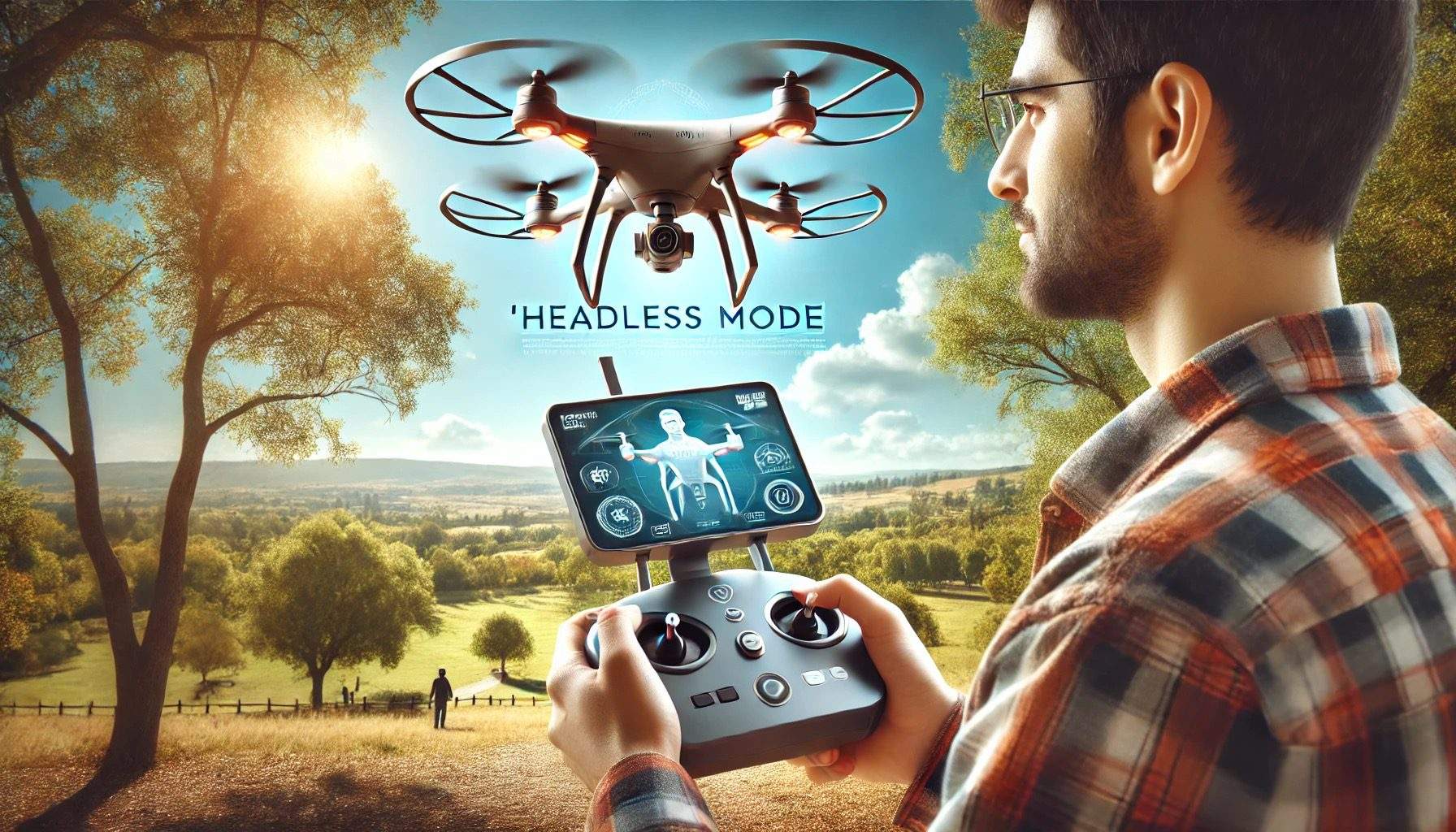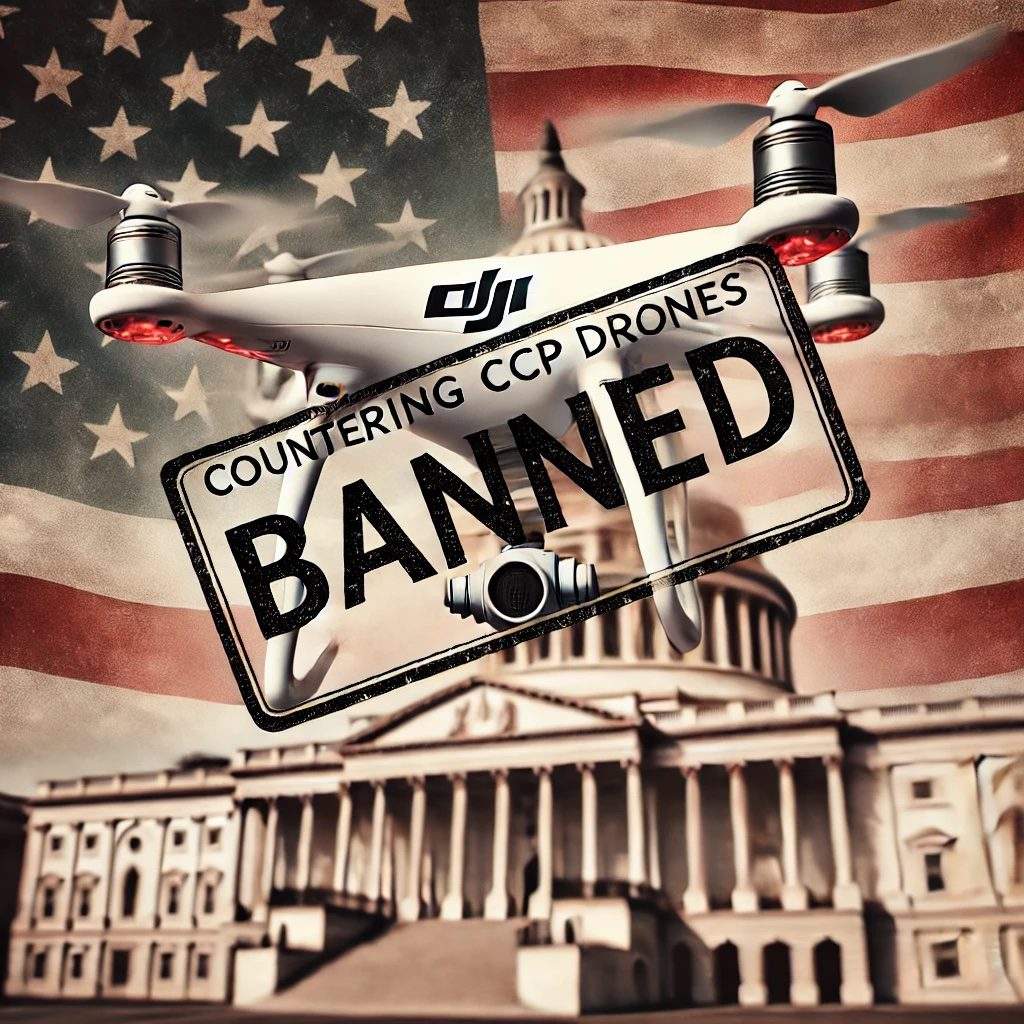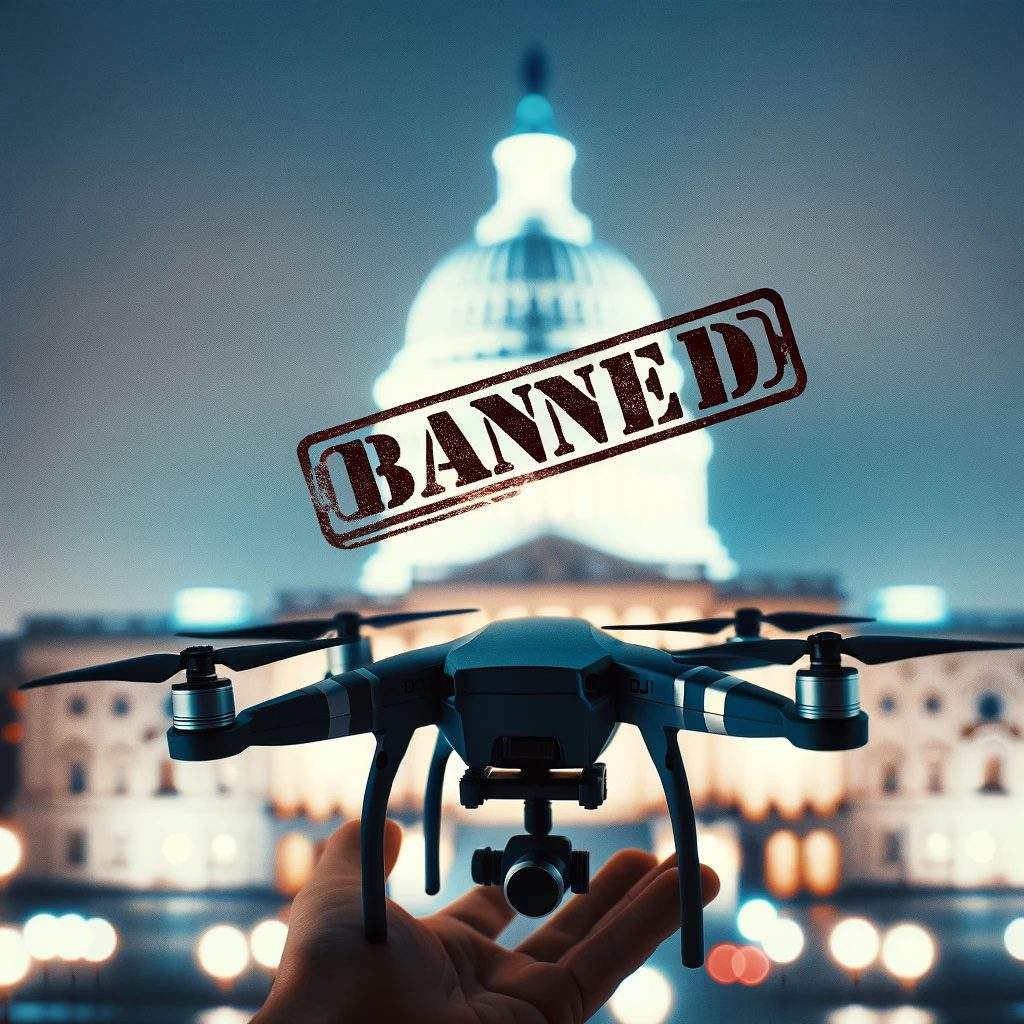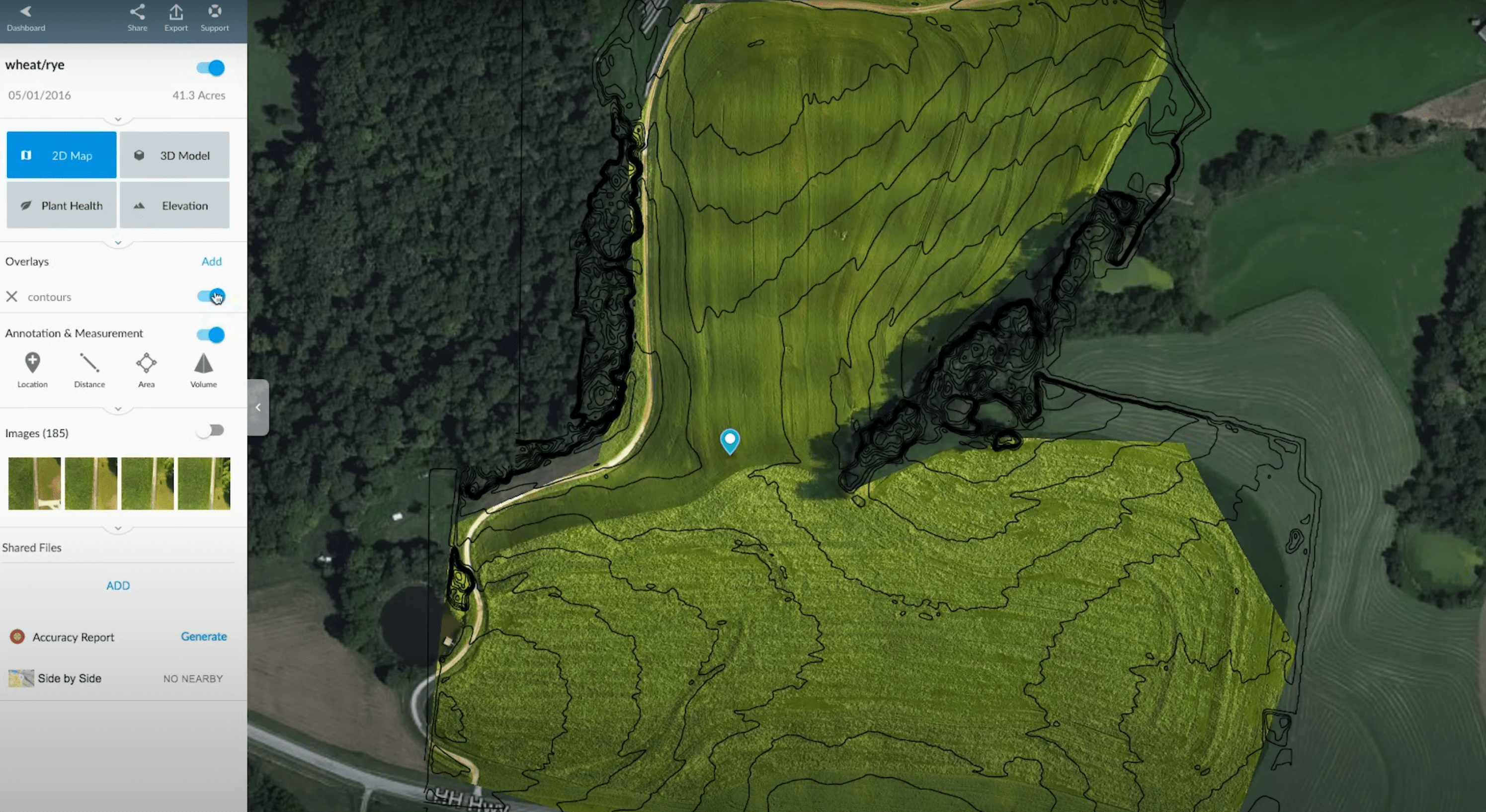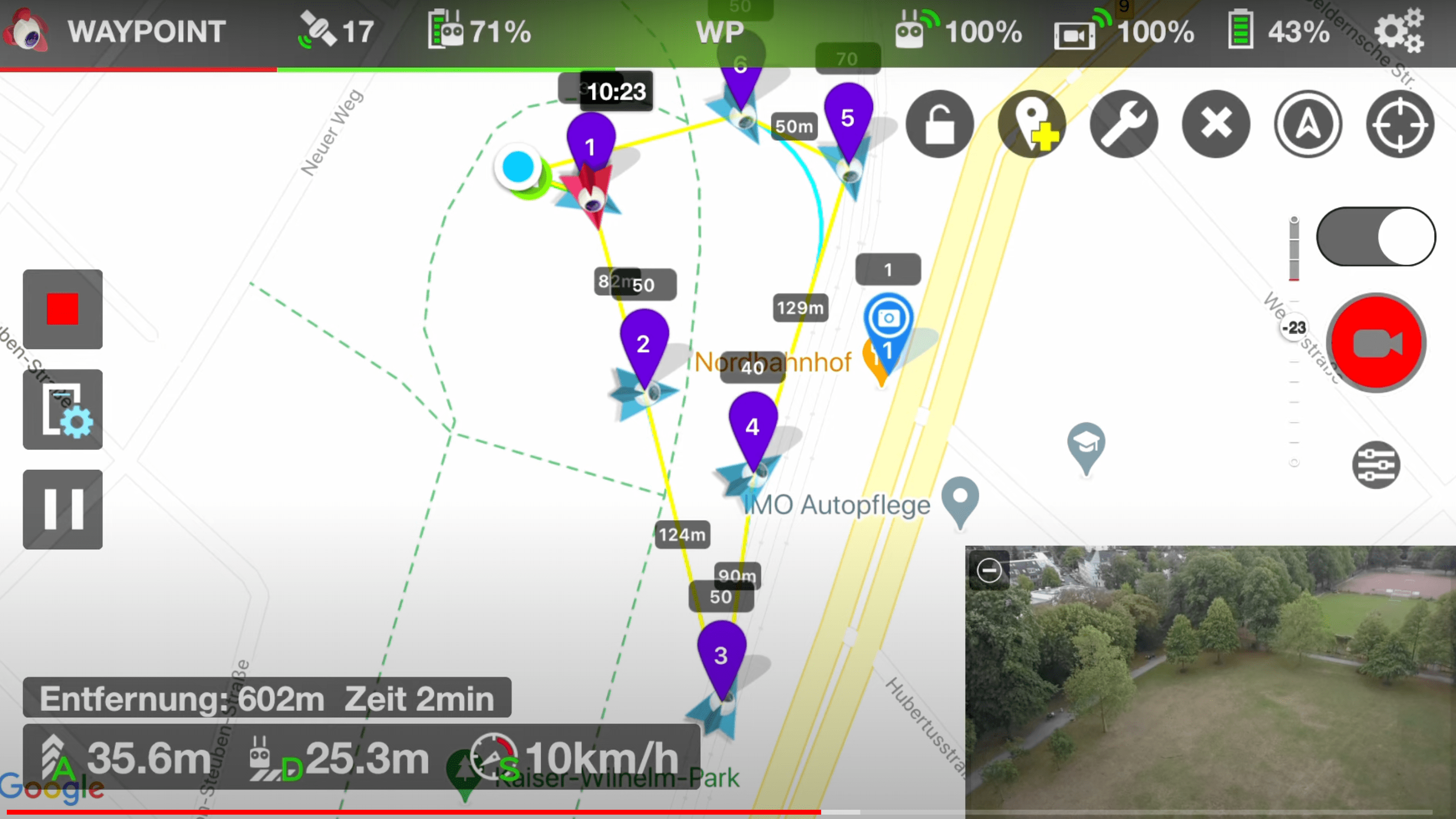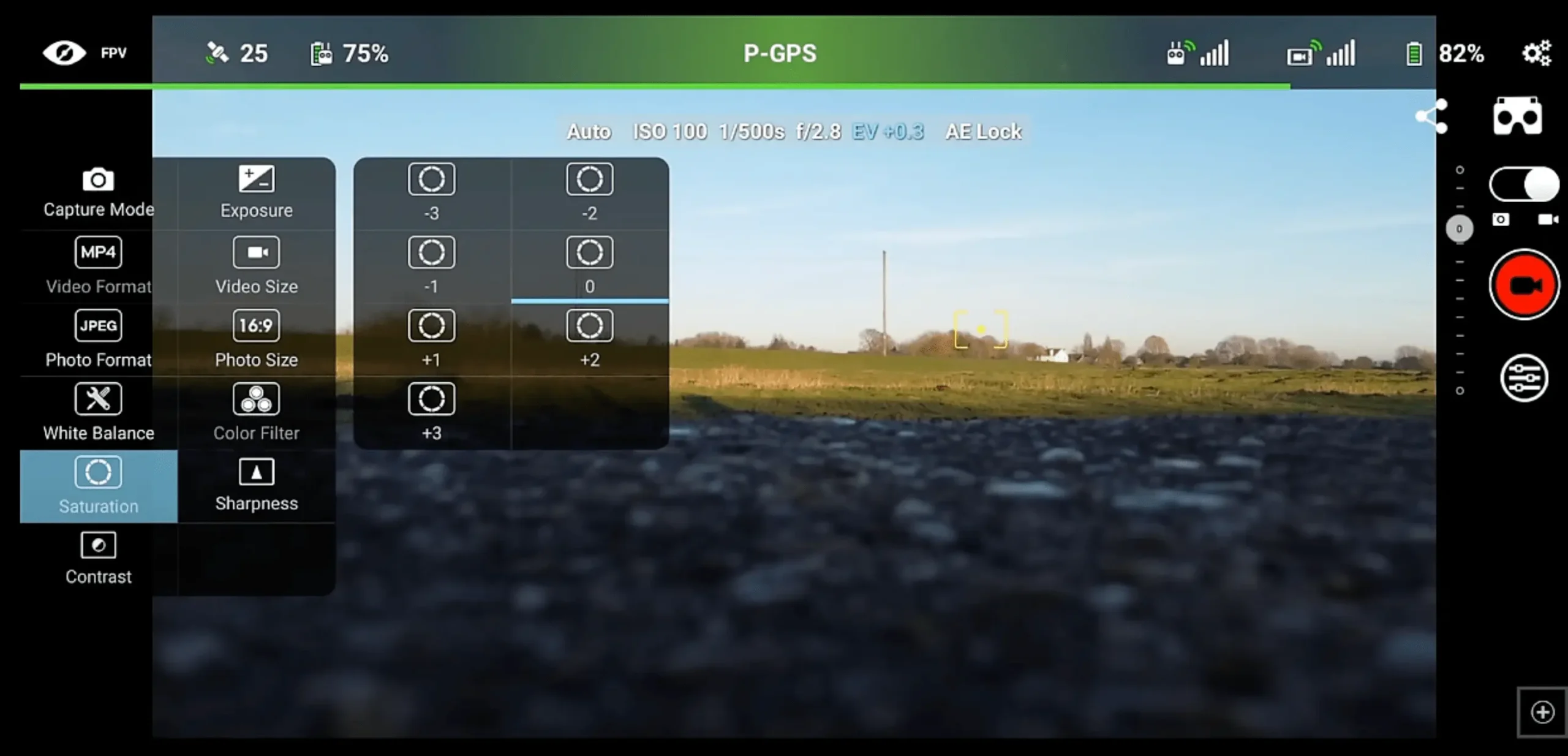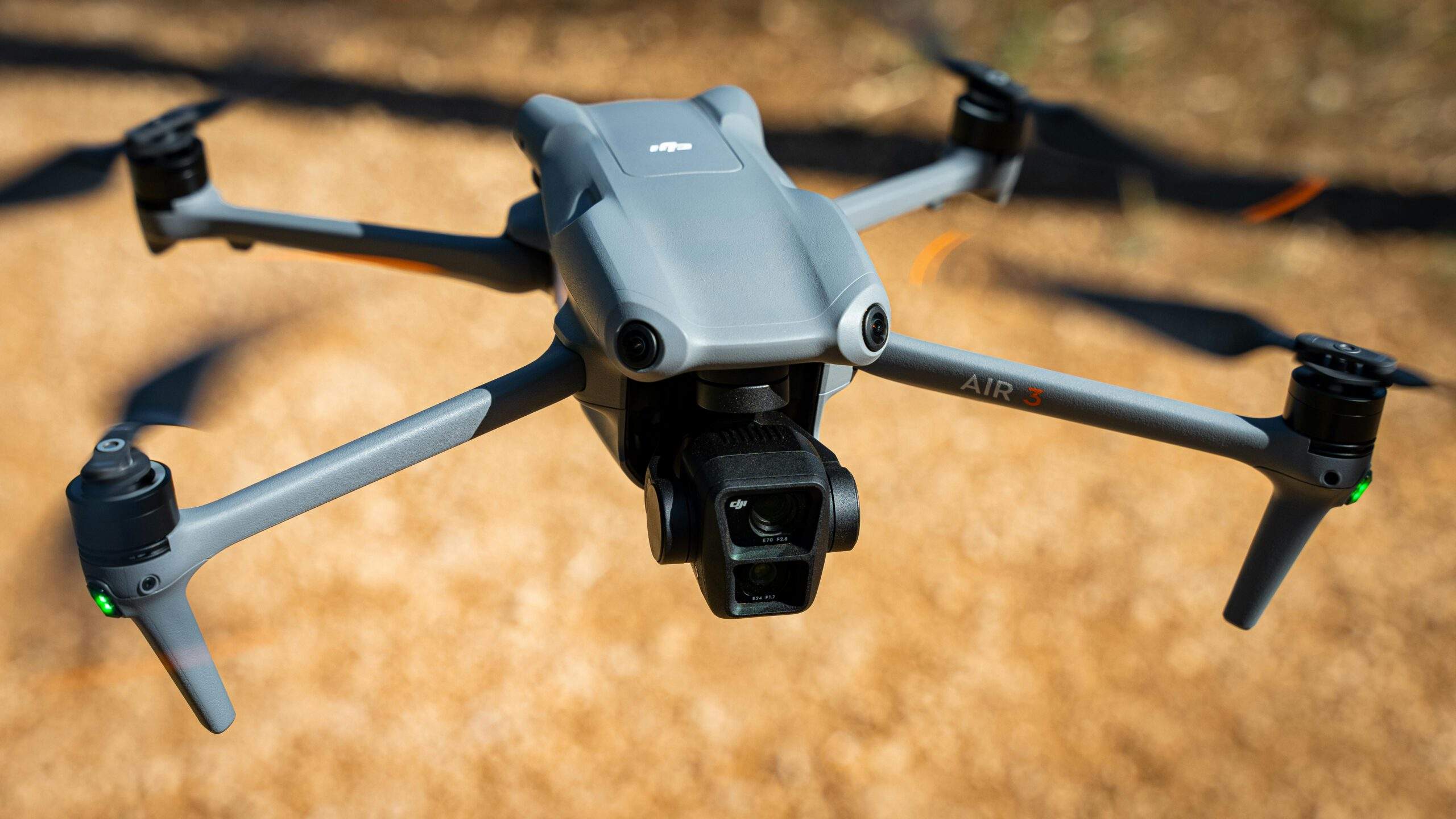In an industry where the skies seem dominated by Chinese innovation and manufacturing prowess, the quest for quality consumer drones from other shores might seem like navigating uncharted airspace. Yet, for enthusiasts and professionals alike, the reasons to embark on such a journey are as varied as they are compelling. From concerns over privacy and data security to the desire to support a more globally diverse tech landscape, the search for non-Chinese consumer drones is not just about finding alternatives but about exploring a wider horizon of technological innovation and craftsmanship.
The Landscape of Drone Manufacturing
The global drone market has been a testament to rapid technological advancement, with Chinese manufacturers like DJI leading the charge in both innovation and sales. This dominance is not without merit, as companies from China have consistently set benchmarks for what consumer drones can achieve, offering a blend of sophisticated technology, user-friendly design, and competitive pricing.
However, this landscape is far from monolithic. Beyond China’s borders, a number of manufacturers are making their mark, crafting drones that challenge the status quo and bring their own unique value propositions to the table. This diverse ecosystem is driven by a variety of factors, including regional innovation hubs, specific regulatory environments, and niche market demands that cater to a wide range of uses, from aerial photography to precision agriculture.
Why Look Beyond Chinese Drones?
The reasons for seeking out drones from manufacturers outside of China are as multifaceted as the drones themselves. Privacy concerns stand at the forefront for many users, fueled by increasing scrutiny over data handling practices by tech giants. Trade policies and tariffs also play a significant role, affecting availability and pricing in various markets around the globe. Additionally, supporting innovation across a broader spectrum of companies can contribute to a healthier, more competitive industry, encouraging advancements and better consumer choices.
Exploring non-Chinese drones is not just about diversification for its own sake. It’s about tapping into unique design philosophies, specialized features, and alternative technological solutions that cater to specific needs and preferences. Whether it’s a focus on enhanced security features, unique design elements, or cutting-edge technology not yet available in the mainstream market, the world of drones is richer and more varied than ever.
Navigating the Global Market
As we set out to explore the offerings from manufacturers around the world, it’s important to remember that innovation knows no borders. Europe’s drone industry, led by companies like France’s Parrot Drones and Switzerland’s SenseFly, showcases a commitment to quality and innovation. Parrot, one of the early pioneers in the consumer drone space, continues to innovate with a range of products that cater to both hobbyists and professionals. SenseFly, on the other hand, has carved a niche in specialized mapping drones, demonstrating the breadth of applications for drone technology.
Across the Atlantic, American companies like Skydio and Autel Robotics are pushing the boundaries of autonomous flight and imaging capabilities. Skydio, in particular, has gained attention for its self-flying drones equipped with advanced AI that enables unparalleled obstacle avoidance and tracking capabilities. Autel Robotics competes on the global stage with its high-quality imaging drones, rivaling the best in the industry in terms of camera performance and flight stability.
Exploring Non-Chinese Consumer Drones: A Closer Look at Global Innovators
In the search for consumer drones beyond the Chinese market, several notable manufacturers from Europe and the United States have carved out niches, showcasing their unique strengths and innovations. Let’s delve into the offerings and capabilities of these key players, highlighting their contributions to the drone industry.
Europe’s Pioneers
Parrot Drones (France): Parrot stands as a beacon of European innovation in the drone sector. Known for its Anafi series, Parrot drones are celebrated for their lightweight design, 4K HDR camera capabilities, and 180-degree vertical tilt gimbal, allowing users to capture unique perspectives. Parrot’s focus on user-friendly features and portability makes it a favored choice for hobbyists and professionals alike seeking quality without the complexities often associated with drone operation.
SenseFly (Switzerland): Diving into the niche of mapping and agricultural drones, SenseFly, a subsidiary of Parrot, has established itself as a leader in specialized UAV solutions. Their drones, such as the eBee X, are tailored for precision mapping and data collection, offering an invaluable tool for industries ranging from agriculture to disaster relief, showcasing the versatility of drones beyond photography.
North America’s Contenders
Skydio (USA): Revolutionizing the concept of autonomous flight, Skydio’s drones leverage cutting-edge AI technology to offer unparalleled obstacle avoidance and self-navigation capabilities. The Skydio 2, for instance, is a testament to this technology, providing users with a hands-free flying experience that is both safe and revolutionary for capturing dynamic video footage without the need for manual piloting.
Teal Drones (USA): Emerging as a significant player, Teal Drones brings to the table drones that blend consumer accessibility with applications in government and defense. The Teal Golden Eagle is a prime example, offering a secure, rugged, and high-performance flying experience designed to meet the stringent requirements of the U.S. Government, yet it remains accessible to civilian enthusiasts.
Comparing Non-Chinese Drones to Chinese Giants
When stacking these non-Chinese manufacturers against their Chinese counterparts, several factors come into play. In terms of performance, drones from Parrot and Autel often rival, if not exceed, those from DJI, particularly in camera quality and flight capabilities. Price-wise, non-Chinese drones can sometimes command a premium, attributable to their specialized features, such as Skydio’s autonomous flying technology or SenseFly’s precision mapping.
Innovation stands as the most significant differentiator. Companies like Skydio are pushing the boundaries of autonomous flight, while SenseFly focuses on drones that can collect precise data for professional use, showcasing a breadth of innovation that rivals the comprehensive approach of Chinese manufacturers.
Challenges Faced by Non-Chinese Drone Manufacturers
Despite their innovations, non-Chinese drone companies face considerable challenges, from intense market competition dominated by well-established Chinese brands to consumer perceptions that often equate drone technology with names like DJI. Moreover, scaling production and navigating the complexities of international trade policies and supply chains present ongoing hurdles.
However, these challenges have not stifled the spirit of innovation and competition among non-Chinese drone manufacturers. Instead, they’ve spurred a drive towards specialization, quality, and leveraging unique market positions to cater to a diverse audience of drone enthusiasts.
Broadening Horizons: The Case for Non-Chinese Consumer Drones
In the final installment of our exploration into the world of non-Chinese consumer drones, we delve into the reasons why consumers might lean towards these alternatives and the broader implications of such choices for the drone industry and technological diversity.
Why Consider a Non-Chinese Drone?
The decision to explore drone options beyond the Chinese market is driven by various factors, each highlighting a different aspect of consumer preference and market dynamics.
- Supporting Diversity in Tech: Choosing non-Chinese drones contributes to a more diversified technological ecosystem. This diversity fosters healthy competition, encourages innovation, and offers consumers a broader range of choices, ensuring that the market remains dynamic and responsive to user needs.
- Privacy and Data Security: For some users, concerns over privacy and data security play a significant role in their choice of drone. Non-Chinese manufacturers often market their drones on the strength of stringent data protection policies, appealing to those wary of potential data mishandling.
- Global Competition and Innovation: By supporting manufacturers from various countries, consumers help sustain a competitive market that drives innovation. This competition pushes companies to continually improve their offerings, leading to better products and technologies across the board.
- Regional Compliance and Availability: Drone regulations vary significantly across regions. Some consumers might prefer drones from manufacturers that cater specifically to their local regulatory environment, ensuring compliance and avoiding potential legal issues.
The Potential Benefits of Diversifying the Drone Market
The ripple effects of choosing non-Chinese drones extend beyond personal preferences, contributing to a more vibrant and innovative market.
- Encourages Global Technological Advancement: A competitive, diverse market incentivizes continuous improvement and innovation among all manufacturers, leading to advancements in drone technology that benefit consumers worldwide.
- Strengthens Global Supply Chains: By diversifying the sources of consumer drones, the market can become more resilient to supply chain disruptions, which have become increasingly common in recent years.
- Promotes International Collaboration: The drone industry’s growth can foster collaboration across borders, leading to shared technological advancements and regulatory standards that benefit the industry as a whole.
Conclusion
The exploration of non-Chinese consumer drones reveals a market rich with options, each offering unique features, innovations, and perspectives on what drones can achieve. From the autonomous flight capabilities of Skydio in the United States to the precision mapping of SenseFly in Switzerland, the global drone market is vibrant and diverse.
Choosing a drone from a non-Chinese manufacturer is not merely a matter of national origin; it’s a decision that supports technological diversity, encourages innovation, and contributes to a competitive and healthy global market. As the drone industry continues to evolve, the importance of exploring and supporting a diverse range of manufacturers cannot be overstated.
In embracing these alternatives, consumers not only gain access to unique and specialized drones but also contribute to a dynamic ecosystem where innovation flourishes. The future of consumer drones looks bright, with a diverse array of choices that cater to every need and preference, underscoring the importance of broadening our horizons and supporting the global community of drone enthusiasts and manufacturers.




